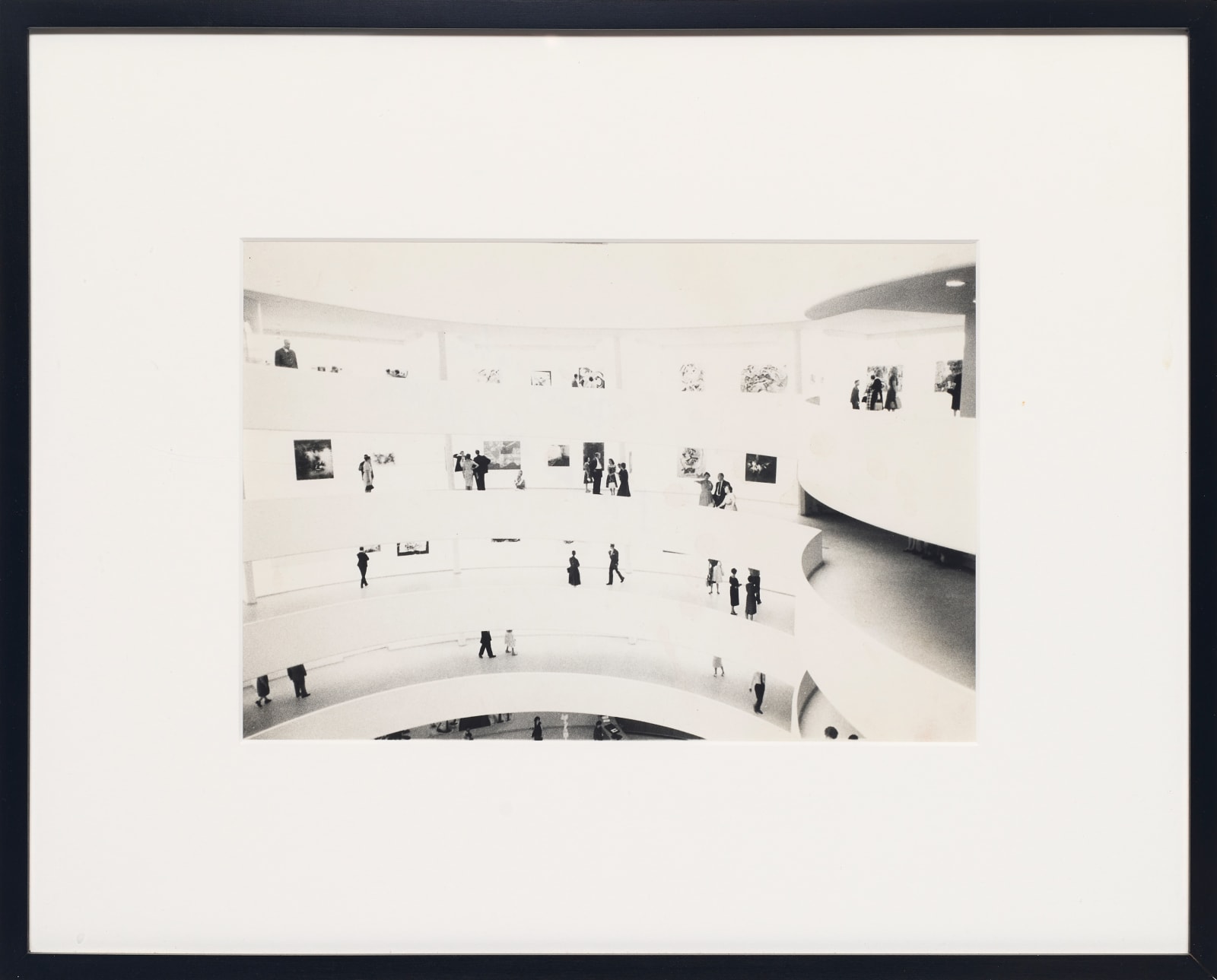Ed van der Elsken (1925-1990)
In 1960, Ed van der Elsken sold all his possessions to travel around the world. One of the most influential photographers of daily life in the second half of the twentieth century, Van der Elsken photographed the streets of Amsterdam after World War II, inspired by Weegee’s Naked City. Van der Elsken moved to Paris in 1950 where he worked in the darkroom at the Magnum Photos agency, printing photos for Henri Cartier-Bresson and Robert Capa. In Paris he discovered the bohemian life of Saint-Germain-des-Prés and its bitter post-war malaise, and met his first wife, photographer Ata Kando. In 1953, his photographs were selected for two exhibitions by Edward Steichen, curator of photography at New York’s Museum of Modern Art. Steichen encouraged Van der Elsken to create his groundbreaking photo novel, Love on the Left Bank. Van der Elsken would publish more than twenty photography books, the main focus of his artistic practice.
When Van der Elsken arrived in New York, The Guggenheim had just been completed. Frank Lloyd Wright’s (1867-1959) masterpiece, with its uniquely shaped concrete building and central spiral ramp, had just opened six months after the architect’s death. Van der Elsken was a people’s photographer, whether at home or on his journeys, his camera capturing the Zeitgeist. In Guggenheim Museum, New York, neither the figures or architecture are the focus, his reportage style producing an almost esoteric rendering through overexposure. Elsken did not photograph the lines outside the Guggenheim or focus on individual visitors admiring the novel art on display: instead it is his overall impression of the museum’s interior that captured his imagination and was included in Sweet Life, his travelogue of his 1960s world journey through Africa, Asia, Mexico, and the United States.[1]
[1] A gelatin silver print, part of Sweet Life’s dummy, measuring 25.2 x 25.2 cm, is now in the Rijksmuseum: http://hdl.handle.net/10934/RM0001.COLLECT.769653



